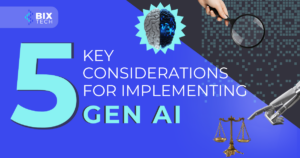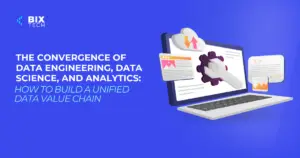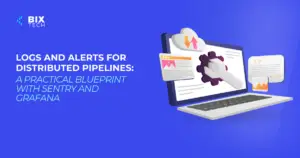SQL Views vs Temporary Tables: Simple Analogies to Clarify Your Choice

Sales Development Representative and excited about connecting people
Introduction
If you’ve ever found yourself deep in the world of SQL, you know how easy it is to get tangled up in the different ways to manage and retrieve data. One common challenge is deciding whether to use a SQL View or a Temporary Table for your queries. Both have their place in your toolkit, but understanding when to use each can sometimes feel less like a technical decision and more like an art.
Let’s break down these concepts with everyday analogies and practical insights, making it easier for you to choose the right solution for your next database project.
The Early Days: Learning by Doing (and Googling)
Anyone who’s spent time working with SQL will probably relate to this: you’re asked to extract some data, and suddenly you’re writing query after query, tweaking your syntax, and maybe laughing at yourself for still needing to look up the syntax for SQL Views. Don’t worry—this is a common experience. Mastery in SQL comes from continuous use, not memorization. As you write more queries, the logic starts to feel natural.
But wouldn’t it be easier if someone explained these concepts using familiar, real-life scenarios? Analogies can make even the most technical topics click.
SQL Views: The Blueprint of Your Database
Think of a SQL View as a reusable blueprint. Imagine you’re an architect with a master design for a house. This blueprint doesn’t build the house itself, but every time you want to reference the design, you just pull out the blueprint. You don’t need to recreate the whole design from scratch each time—it’s always there, up-to-date, and ready to be used.
A SQL View works the same way. It’s a saved query that you can reference as if it were a table, but it doesn’t actually store the data. Instead, whenever you run a query against the view, SQL fetches the most current data from the underlying tables. This is perfect for situations where you want to maintain a consistent way of looking at your data, especially if multiple team members or applications need to access it in the same way.
Advantages of SQL Views:
- Always reflects the current state of your data
- Centralizes complex query logic for reuse
- Helps enforce consistent business rules across your organization
Use Cases:
SQL Views are ideal when you need to provide a standardized data structure to reporting tools, dashboards, or other team members. If you’re working on a business intelligence project, for example, views can simplify data access and ensure everyone is working from the same information.
Temporary Tables: Your Disposable Workspace
Picture a temporary table as the whiteboard in your meeting room. Before a brainstorming session, you wipe the board clean and start jotting down new ideas. When the meeting’s over, you erase everything—the information was useful in the moment, but you don’t need to keep it around forever.
Temporary tables serve this exact purpose in SQL. They’re created and used for the duration of a session or a specific task. You can quickly store intermediate results, perform transformations, or break down a complex query into manageable steps. Once your work is done, the temporary table disappears—there’s no persistent trace left in your database.
Advantages of Temporary Tables:
- Store intermediate results for complex transformations
- Reduce the load on your main tables when running heavy data processing
- Useful for one-off tasks or multi-step data manipulations
Use Cases:
Temporary tables shine during complex ETL (Extract, Transform, Load) processes, data migrations, or any workflow where you need a scratchpad to organize your results. If you’re exploring AI or data science proofs of concept, temporary tables provide flexibility without cluttering your main schema.
Making the Right Choice: View or Temporary Table?
So, how do you decide between a SQL View and a Temporary Table? Here’s a quick way to think about it:
- Choose a View when you need a reusable, always-updated perspective on your data that can be shared and referenced across your organization.
- Go with a Temporary Table when you need a private, short-lived workspace for calculations, transformations, or data staging within a specific session or job.
A helpful analogy:
If you’re building a house, the view is your master blueprint—referenced by everyone, updated as needed, and never actually “built.” The temporary table is your construction site’s whiteboard—essential for in-the-moment planning, but erased when the project wraps up.
Pro Tips for Working with SQL
- Don’t stress about memorizing every bit of syntax. With practice, SQL will become second nature—and even seasoned professionals regularly look up commands.
- Leverage analogies to demystify new concepts and improve your retention.
- Use SQL Views to promote consistency and maintainability in your data infrastructure.
- Use Temporary Tables to streamline complex data operations without cluttering your production environment.
Conclusion
Understanding the difference between SQL Views and Temporary Tables can save you time, reduce errors, and make your database solutions more efficient. By approaching these tools with clear analogies and a focus on real business needs, you’ll be able to choose the right approach every time.
Curious about how these concepts fit into larger data strategies? Explore how data science is revolutionizing business or discover why big data matters for your company.
Mastering SQL isn’t about memorizing every command—it’s about understanding the logic behind the tools, and using them wisely to solve real-world problems. Keep practicing, keep learning, and let these analogies guide you the next time you’re deciding between a SQL View and a Temporary Table.









